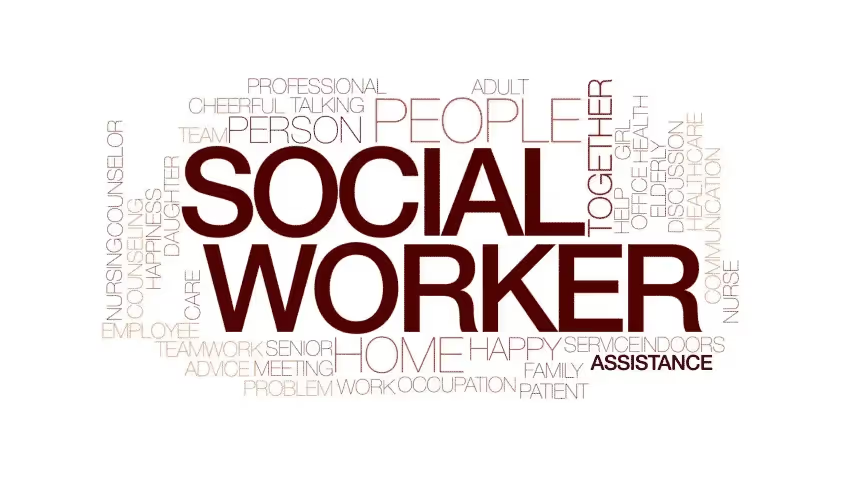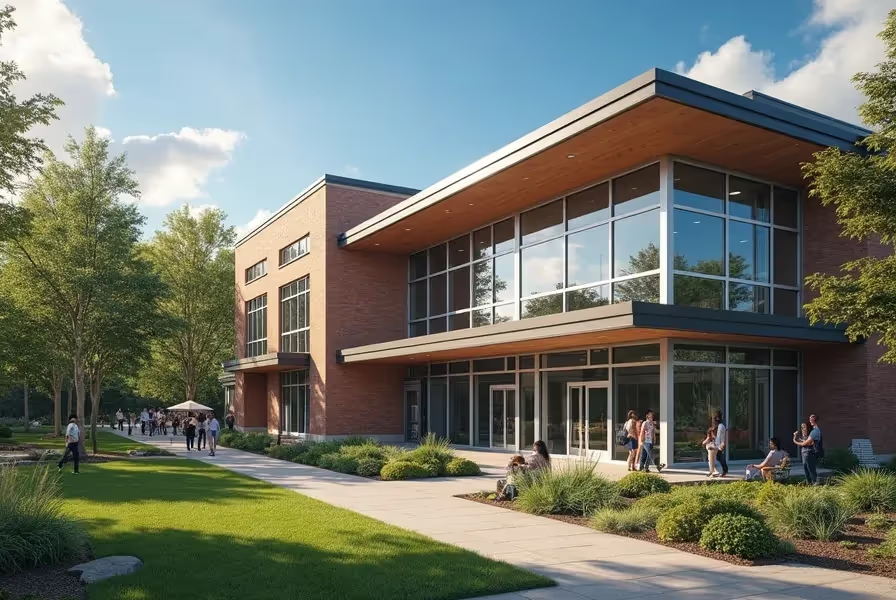Understanding the Basics of Supplemental Educational Services
Supplemental Educational Services (SES) are a key part of educational support in the United States. These services help boost academic achievement for students who need extra instruction beyond the standard classroom. Federally mandated under the No Child Left Behind Act (NCLB), SES aim to improve student performance, close achievement gaps, and offer personalized learning opportunities.
If your child struggles in school or attends a Title I school identified for improvement, you may have the right to access SES. These programs are usually provided free of charge to eligible students and can make a big difference in academic success.
What Are Supplemental Educational Services?
Supplemental Educational Services refer to free extra academic help. They are designed for students from low-income families in schools that have not met state academic targets for at least two consecutive years. SES can take place before or after school, on weekends, or even during the summer.
Common forms of Supplemental Educational Services include:
- Individual or small group tutoring
- Remedial classes in math, reading, and language arts
- Online tutoring, homework help, and test preparation
- Special programs focusing on study skills or learning strategies
These services are delivered by state-approved providers. Schools, private companies, community organizations, and even some universities can offer SES, giving parents and students a range of choices.
Key Benefits of Supplemental Instruction Services
Families often look for effective strategies to help students reach grade-level proficiency. Here’s how SES can benefit your child:
- Targeted academic intervention in areas of weakness
- Personalized instruction tailored to individual learning styles
- Increased engagement and motivation outside regular class hours
- Regular progress monitoring and feedback for parents and teachers
- Development of strong study habits and learning confidence
By focusing on a student’s unique needs, Supplemental Educational Services help build foundational skills that last a lifetime. Many families report seeing improvements not only in grades but also in their child’s interest and attitude towards learning.
Eligibility and How to Access Supplemental Tutoring Programs
Not all students can access SES. Here’s what you should know about eligibility:
- Student must attend a Title I school designated as “in need of improvement” for at least two consecutive years
- Student must come from a low-income family, usually determined by free or reduced-price lunch eligibility
If your child qualifies, the school district will notify you. The next steps usually include:
- Receiving a list of state-approved SES providers
- Selecting a provider that fits your child’s learning needs and schedule
- Setting learning goals with the provider and school
- Monitoring your child’s progress regularly with the help of both the provider and your school
Many school districts assist families in the selection process. Be sure to ask questions about expertise, teaching methods, and scheduling to find the right fit for your child.
Types of SES Providers and How to Choose the Best Option
You have options when it comes to SES. Providers include:
- Local schools or school districts
- Licensed private tutoring companies such as Sylvan Learning, Kumon, or Huntington Learning Center
- Community-based organizations and nonprofits focused on education
- Qualified individual tutors or small academic centers
- Online platforms and virtual tutoring programs
When looking for the best provider, consider:
- Provider’s experience with your child’s grade and subject area
- Student-to-tutor ratio for personalized attention
- Location, accessibility, and convenience of services
- Methods used for communicating progress with parents
- Feedback from other families in your community
Supplemental Education and Closing the Achievement Gap
SES have played a significant role in improving test scores and overall achievement for underserved students. These services help bridge the gap for those who may not have access to private tutoring or enrichment activities. By providing extra time, support, and accountability, they give every student a fair chance to succeed.
School districts also benefit from fewer course failures and improved graduation rates. Many educators highlight how SES foster stronger relationships between families, schools, and communities—all working together for a student’s positive outcomes.
Related Questions About Supplemental Educational Learning Support
Frequently Asked Questions
Are supplemental educational services still available under current education law?
Supplemental Educational Services as defined under No Child Left Behind are not mandated under the Every Student Succeeds Act (ESSA) of 2015. However, many districts and states continue to offer similar tutoring and academic support services for struggling students.
How can I check if my child is eligible for SES or similar programs?
You can contact your child’s school counselor or district office. They can determine eligibility based on school performance data and family income level. They will also assist with applications and provide a list of available providers.
What subjects are usually covered by supplemental educational services?
Most SES programs focus on reading, math, and English language arts. Some providers also offer science, social studies, and test preparation, depending on district resources and student needs.
How can parents make the most of supplemental academic support?
Stay involved in your child’s learning. Communicate with the tutor and teachers, track progress, and encourage your child to ask questions. Celebrate improvements to keep your child motivated and confident in their academic journey.
Tips for Parents to Maximize Learning Impact
Here are practical steps you can take to get the most from SES:
- Set clear goals with your child and the provider before sessions begin
- Monitor assignments and offer encouragement after each session
- Ask for regular progress reports and review them as a family
- Keep in touch with your child’s teachers to align in-class and supplemental work
- Motivate your child by recognizing their efforts and improvements
Remember, every student learns differently. The right support can turn challenges into strengths and open new possibilities for academic and personal growth.











.svg)



